Falcon And The Winter Soldier: Zemo Is An Underrated Villain
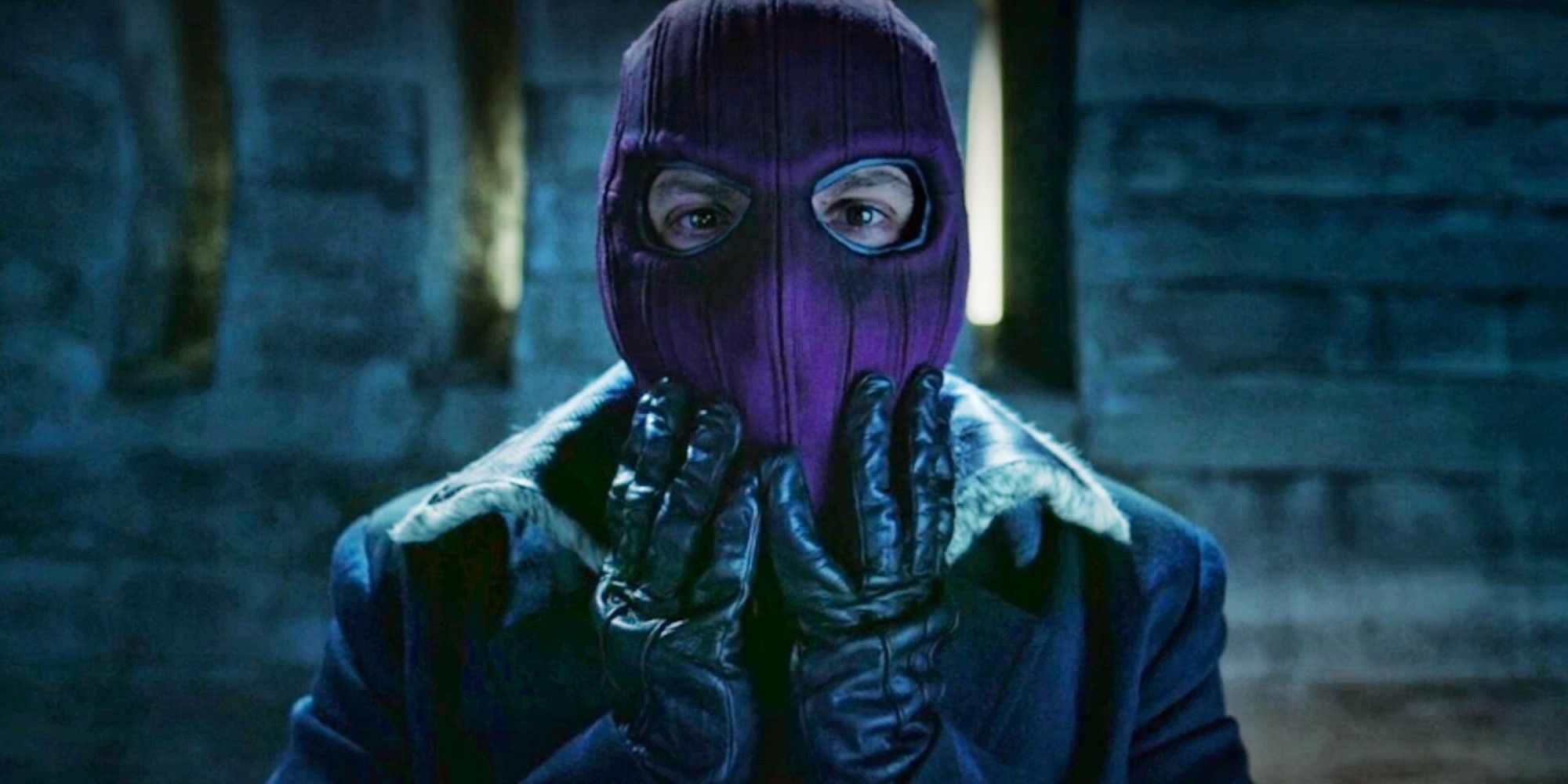
Despite having just aired the finale of WandaVision, fresh new content from the MCU is not far away, as on March 19, Disney+ will release The Falcon and the Winter Soldier. The series will pick up after Avengers: Endgame (2019) to follow the mutual friends of Steve Rogers, Sam Wilson (Anthony Mackie) and Bucky Barnes (Sebastian Stan), and how they live up to Captain America. Both have taken up Cap’s vibranium shield in the comics, but they will also have to deal with the leftover threat from Captain America: Civil War (2016): Helmut Zemo (Daniel Brühl).
Zemo was the terrorist mastermind behind the scenes of Civil War, blaming the Avengers for his family’s Sokovian deaths during Avengers: Age of Ultron (2015). He escalated Bucky’s fugitive status by framing him for bombing the UN – killing the father of Black Panther (Chadwick Boseman) in the process – and turned Captain America and Iron Man against each other, not only over the Sokovia Accords, but also the more immediate issue of Bucky’s fate, who Zemo reveals assassinated Iron Man’s mother.
Now, Zemo has seemingly escaped from prison and is intent on finishing his work of destroying the Avengers (even if Cap and Iron Man are now both gone). It’s a welcome return, as although the MCU has steadily improved its “villain problem,” Zemo remains an excellent and underrated addition to its roster.
Now, just like how Civil War is only loosely based on the Marvel event comic, Zemo has little resemblance to his supervillain comic counterpart Baron Zemo. This Helmut Zemo is the heir of WW2 Nazi supervillain “Heinrich” Zemo, both of whom clash with Captain America for world domination and wear an iconic purple balaclava (Heinrich because it gets bonded to his face, Helmut because he becomes disfigured). Images from The Falcon and the Winter Soldier show Daniel Brühl donning this mask, and it’s possible for the series to add to his origins like WandaVision retconned the Scarlet Witch. But for Civil War, Zemo had little similarity to his comic origins, and that’s okay.
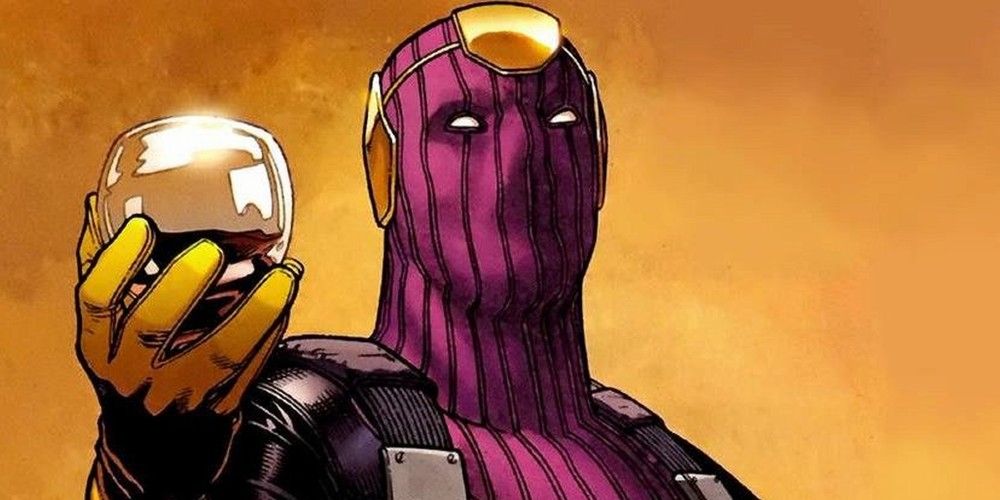
Part of why Civil War works so well is that despite the political frameworks hovering around the film, it is grounded in messy human developments. Zemo intentionally distinguishes himself from the collective “cut-off-one-head” nature of HYDRA, remarking to one of its scientists how “HYDRA deserves its place on the ash heap.” Captain America had already fought HYDRA and the Red Skull (Hugo Weaving) in Captain America: The First Avenger (2011), and battled their malignant presence in Captain America: The Winter Soldier (2014).
Through Zemo not being a HYDRA/Nazi supervillain, he diverts from the world-domineering goals established in previous Captain America films. Indeed, it initially appears that Zemo is resurrecting other dormant “Winter Soldiers” in Civil War, only for him to kill them off-screen. Zemo is uninterested in a conventional, emotionally hollow, battle between super-soldiers which would not change anything. Instead, he instead subverts expectations by successfully pitting Iron Man and Captain America against each other, provoking an internal conflict that tears the Avengers apart.
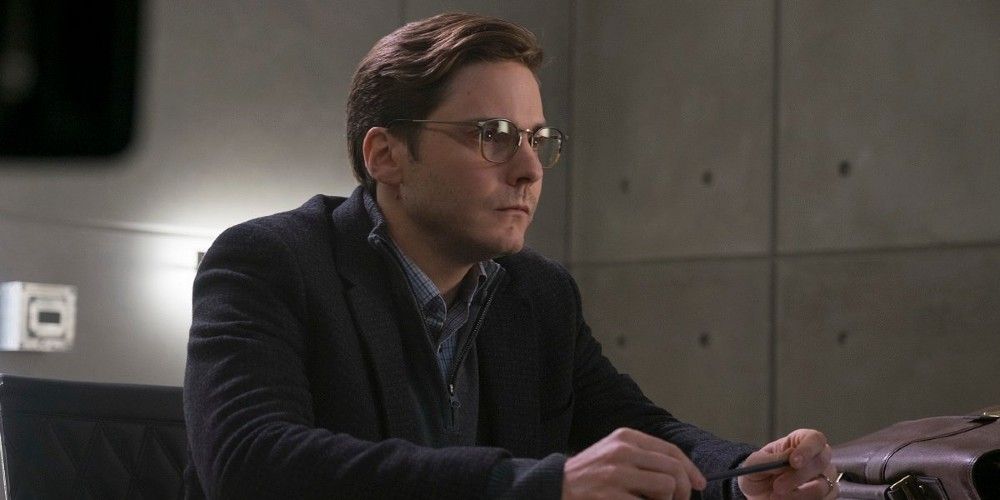
Much as this is carried by Daniel Brühl’s tremendous performance as Zemo. He undergoes Zemo’s plan with such a steely-eyed determination, matter-of-factly interrogating the HYDRA scientist and activating Bucky’s Winter Soldier programming. However, Brühl combines this with a soft vulnerability underlying Zemo’s Germanic accent, selling his (relatively) humble roots and the heaviness of his plans.
When finally confronting Captain America face-to-face, Zemo remarks how “there’s a bit of green in the blue of your eyes. How nice to find a flaw,” and Brühl smirks with the disbelief of his single-minded promise finally being fulfilled. Moreover, his haunted expression when listening to his wife’s final voicemail or telling Cap how he “lost everyone” humanizes Zemo’s journey. This continues when Zemo, having completed his plan, goes outside to commit suicide. The restrained and wistful way he recaps to Black Panther his on-the-ground perspective of Age of Ultron, the deaths of his family, and how he was left in the rubble while “the Avengers? They went home” conveys Zemo’s focused promise to destroy the Avengers.
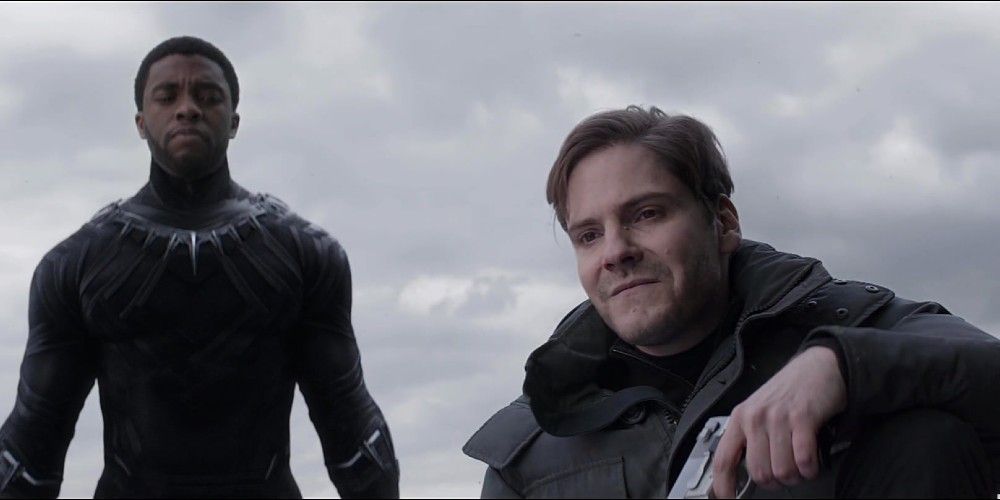
The scope of these goals is another thing that sets Zemo apart. He wants nothing so grandiose as power or profit. He is not out to conquer the Earth like Loki or destroy it like Ultron or remake it like Thanos. Zemo’s relatively small specific goal to destroy the institution of the Avengers is both more relatable and actionable. As he tells T’Challa, “I knew I couldn’t kill them, more powerful men than me have tried.”
Unlike other ego-maniacal supervillains, Zemo recognizes his own limitations and cunningly plots around them to widen existing divisions instead of conventionally attacking the Avengers. In fact, Zemo has no physical combat in Civil War, understanding that direct collision doesn’t work against the stubborn Avengers. “An empire toppled by its enemies can rise again” He explains, “But one which crumbles from within? That’s dead. Forever.”
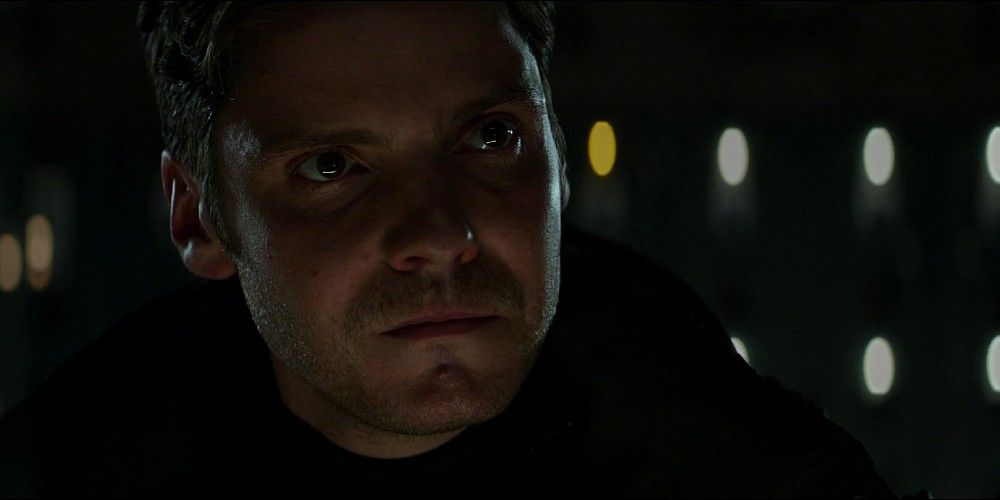
Indeed, one “quantifiable” metric that makes Zemo a great villain is that he wins. Although bolstered by other events, Zemo’s plans to disassemble the Avengers succeeds, and he ends Civil War imprisoned but satisfied. Of course, the MCU heroes would eventually be reunited stronger than ever in Avengers: Endgame (2019), but until that point Zemo was the solely successful villain in the MCU for achieving his goals, and WandaVision showed the Sokovia Accords consequences are still in effect.
This is due to how, in some ways, Zemo is the most honest villain. Not only does he learn to sow internal dissent, or admit immoral culpability by attempting to kill himself afterwards, but his plan revolves around the truth. Zemo does not fabricate Bucky’s assassination, but simply places Iron Man and Cap into emotionally defensive positions to fight over it. The information may arrive in a manipulative manner, but Iron Man’s reaction is authentically emotional, and it cannot be easily resolved through capturing Zemo. Instead, it’s an instinctual conflict over Iron Man losing his parents, and Captain America trying to save the last link to his past.
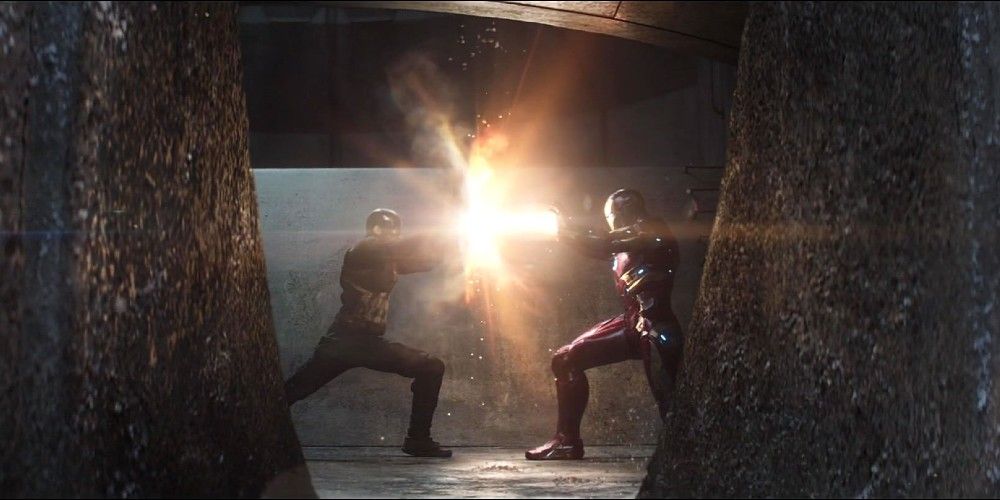
Zemo ties Civil War together not simply through his plotting, but its thematic resonance. Before WandaVision was about grief, Captain America: Civil War was about loss, and how emotional wounds influence our political beliefs. Iron Man faces several personal losses, from lingering guilt over his parents to “taking a break” with Pepper Potts to responsibility for Ultron (muttering “my fault” under his breath), and copes by throwing himself into organized structures. Despite his snarky narcissism, Iron Man no longer trusts himself and keeps building “suits of armor around the world” – including the Avengers and UN governmental oversight – to mitigate his personal responsibility.
Meanwhile, Captain America is “The Man out of Time,” and the loss of his home time-period is cemented by the death of Peggy Carter (Haley Atwell) in Civil War. The continual dissipation of the world around Cap makes him cling to Bucky, the only person who knows him pre-serum, and conclude that “the safest hands are still our own.”
Loss is prevalent within Civil War, including Wanda’s own isolation fresh from Age of Ultron, and the introductions of Spider-Man (Tom Holland), motivated by the loss of his Uncle Ben, and Black Panther, who for most of Civil War is determined to avenge his father’s death. Zemo’s whole quest has been motivated by loss, his vengeance against the Avengers consuming him whole, regardless of the cost or causalities. This is what Black Panther concludes when apprehending Zemo, remarking how his vengeance has poisoned and infected those around him. Regardless of how he returns in The Falcon and the Winter Soldier, Zemo was a villain who both emotionally, plot-wise and thematically tied Civil War together.

Post a Comment